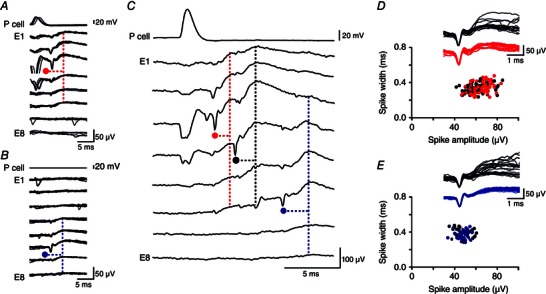Figure 7. Field inhibitory motifs during SPWs .

A, pyramidal cell spikes induce a presumed interneurone spike (red, maximum on electrode E3) and associated fIPSP. In total, 377 pyramidal cell action potentials initiated 130 single fIPSPs and 118 SPWs. Traces aligned on the extracellular spike. B, a spatially distinct interneurone spike (blue, maximum on E6) and fIPSP was never initiated by pyramidal cell firing. A and B, pyramidal cell and eight extracellular records from the stratum pyramidale. C, spike and fIPSP motifs were evident during SPWs initiated by the stimulated pyramidal cell. One interneurone spike (red, E3; A) occurs at ∼2 ms and the other (blue, E6; B) at ∼10 ms after pyramidal cell firing in this example. Another putative interneurone spike of amplitude >20 μV (black, maximum on E4) occurs at a latency of ∼5 ms. D, amplitude plotted against width of spikes initiated by the pyramidal cell and recorded by electrode E3 before fIPSPs (red) or SPWs (black). Examples are overlain in the inset (fIPSPs, n = 20, red; SPWs, n = 20, black). E, amplitude plotted against width for spikes not directly initiated by the pyramidal cell and recorded on electrode E6 before fIPSPs (blue) or SPWs (black). Overlaid examples in the insets (fIPSPs, n = 20, blue; SPWs, n = 20, black).
